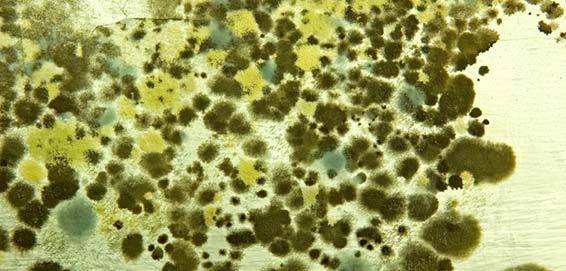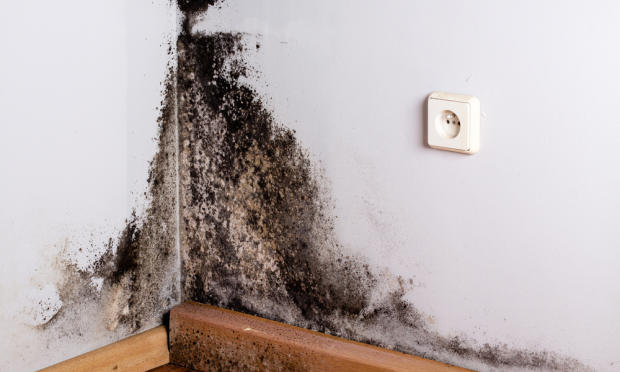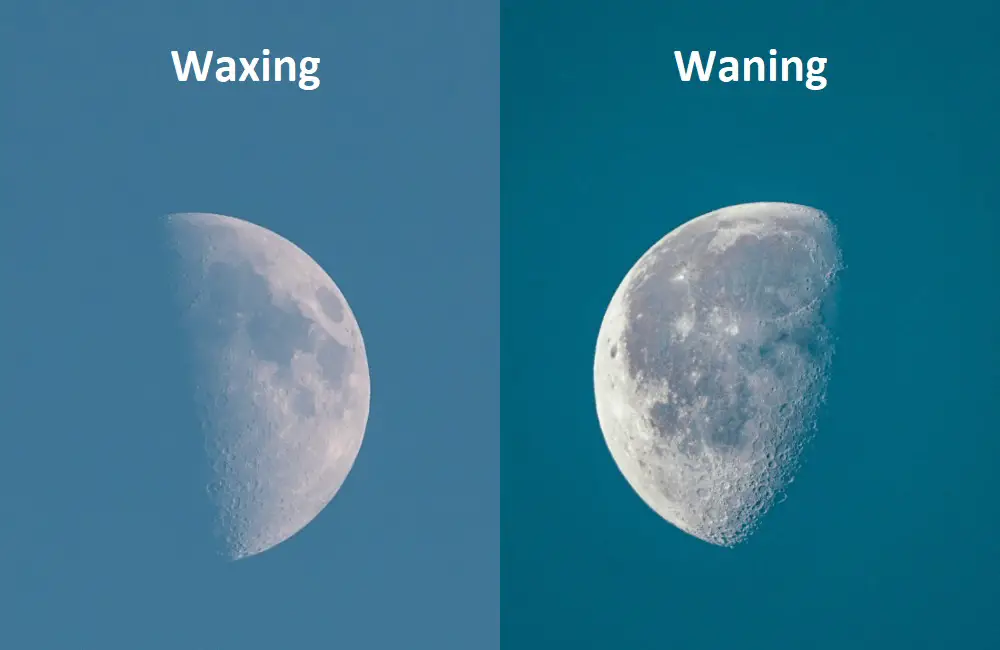Mildew vs. Mold: Find How They Are Different
Many people have no idea there’s a significant difference between mold and mildew, and they often use the terms interchangeably. In most cases, those who say their home has been infested by mildew are wrong. How come? Let’s analyse both terms more carefully and find out!
Mold

Mold is a type of fungus that grows in the form of filaments or hyphae and has a multicellular construction. Molds are incredibly diverse, varying greatly in terms of habitat and appearance.
They can come in various textures and colors, from white and grey to orange, brown, green, or yellow, and grow in a variety of environments, both outdoors and indoors, on wood, plants, food, or even on other mold cultures.
What they all have in common, however, is that they need to live on organic material they can “feed” on and that they all like humid environments.
In homes, molds can usually be found in dark, damp or steamy areas such as the bathroom or kitchen, in cluttered, poorly ventilated storage places, in basements, or in areas which have been recently flooded.
But however unhappy we are when seeing mold on the walls, some species of this fungus are incredibly useful, playing important roles in medicine (antibiotics), biotechnology and food production (blue cheese, anyone?).
You may be surprised, but even some sausages contain mold species to prevent bacterial spoilage and enhance the flavor!
Mildew

Mildew is a type of fungus as well, and it is considered a member of the big family of molds. However, you cannot say you have mildew in your bathroom, for instance, unless you grow plants there. This is because mildew only lives on plants, as opposed to other types of molds.
Mildew is generally white or grey and can be either powdery or downy. It can cause great problems to horticulturalists and gardeners, as it can affect a variety of crops and to a great extent, but it can also damage flowers and ornamental shrubs.
More Related Articles
- Monocot Vs. Dicot – Major Differences
- Key Differences Between Minerals and Rocks
- What Are The Differences Between Lava and Magma?
Key Differences between Mold and Mildew
As you can see, while they’re related, there’s quite a big difference between mold and mildew. Check out the table below for an overview of all the main characteristics that set the two apart.
Mold |
Mildew |
| Mold is a term that describes a large range of fungi | Mildew is one of the many types of mold |
| Molds come in a variety of colours, from white and brown to even orange and black | Mildew is usually white or grey |
| Molds grow in a large variety of environments, as long as they have organic matter on which to live | Mildew only grows on living plants |
| While they are destructive, molds have a variety of uses in food and beverage production, as well as in the composition of various drugs | Mildew is just a nuisance – or at least science hasn’t found any uses for it yet. |
| Mold can cause structural damage to buildings, as well as various health problems | Mildew can cause health problems as well, but never structural damage to homes, as it only affects plants |
Did you know how mildew and mold are different? If not now you do! Subscribe and get to learn many more interesting facts through our newsletter!






